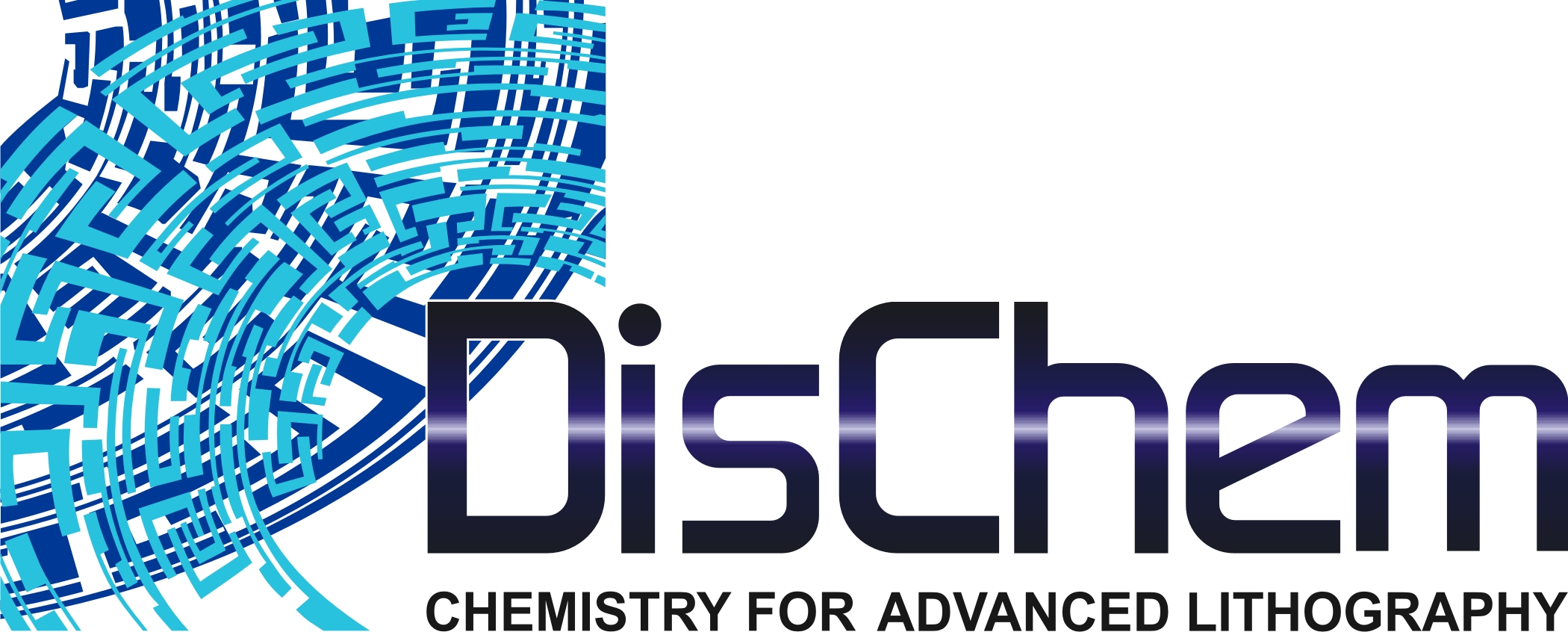Photolithography is one of the most popular methods to create nanoscale circuit components. Nicephore Niepce, a French scientist, developed the first photoresist in 1820. This component is fundamental to photolithography in nanotechnology. Photoresists are substances that undergo a chemical reaction when exposed to light. Today’s photolithography is very similar to Niepce’s original process. Photolithography in nanotechnology is a six-step process.
- Wafer preparation
- photoresist application
- Pre-exposure bake
- Exposure
- Post-exposure bake
- Development
A wafer is a thin piece of semi-conductive material such as crystal silicon, forms the basis for photolithography. Before the wafer is ready to be used, it must undergo several steps of preparation and cleaning to remove organic contaminants.
What is the difference between photolithography positive negative resist?
The photoresist is an essential material for semiconductor suppliers. However, the two types of this light-sensitive material, negative and positive, react to UV light differently. Therefore, it is vital to fully understand the differences between photolithography positive negative resist to ensure the highest quality results in the semiconductor manufacturing business.
Positive Photoresists
Positive photoresists strategically target the semiconductor supplier’s area to remove UV light. The chemical structure of the photoresist changes when it is exposed to UV light. It becomes more soluble in photoresist developers.
The photoresist developer solvent is used to wash away the exposed areas while leaving behind the underlying material. The photoresist developer will not dissolve areas that haven’t been exposed to UV light. You receive an identical copy of the pattern when working with positive photoresists within the semiconductor manufacturing industry. This mask is placed on the wafer.
Negative Photoresists
Exposure to UV light can cause negative resists to polymerize. This is the opposite of positive photoresists. Negative photoresists are less soluble and more difficult to dissolve. Therefore, the UV-exposed negative resist is left on the surface, while the photoresist development solution removes the unexposed areas. This creates a mask with an inverse pattern to the original applied to the wafer.
Although both positive and negative photoresists can still be used in semiconductor manufacturing today, many semiconductor suppliers prefer positive photoresists for their higher resolution capabilities. Because the solvent used to develop the photoresist doesn’t penetrate areas not exposed to UV light, positive photoresists can maintain their pattern and size. Negative resists can cause pattern distortions by permeating both UV-exposed and unexposed areas.
Final Thoughts
Although positive photoresists appear to have an advantage, they aren’t the only option. Negative resists can be an excellent choice for semiconductor supplies with low-resolution requirements. Negative resists are faster than positive photoresists and have a more expansive process range, lower operating costs, and a higher photo speed. In addition, negative photoresists have more outstanding adhesion to certain substrate materials. As a result, both negative and positive photoresists are essential in semiconductor manufacturing and make various high-quality products.

